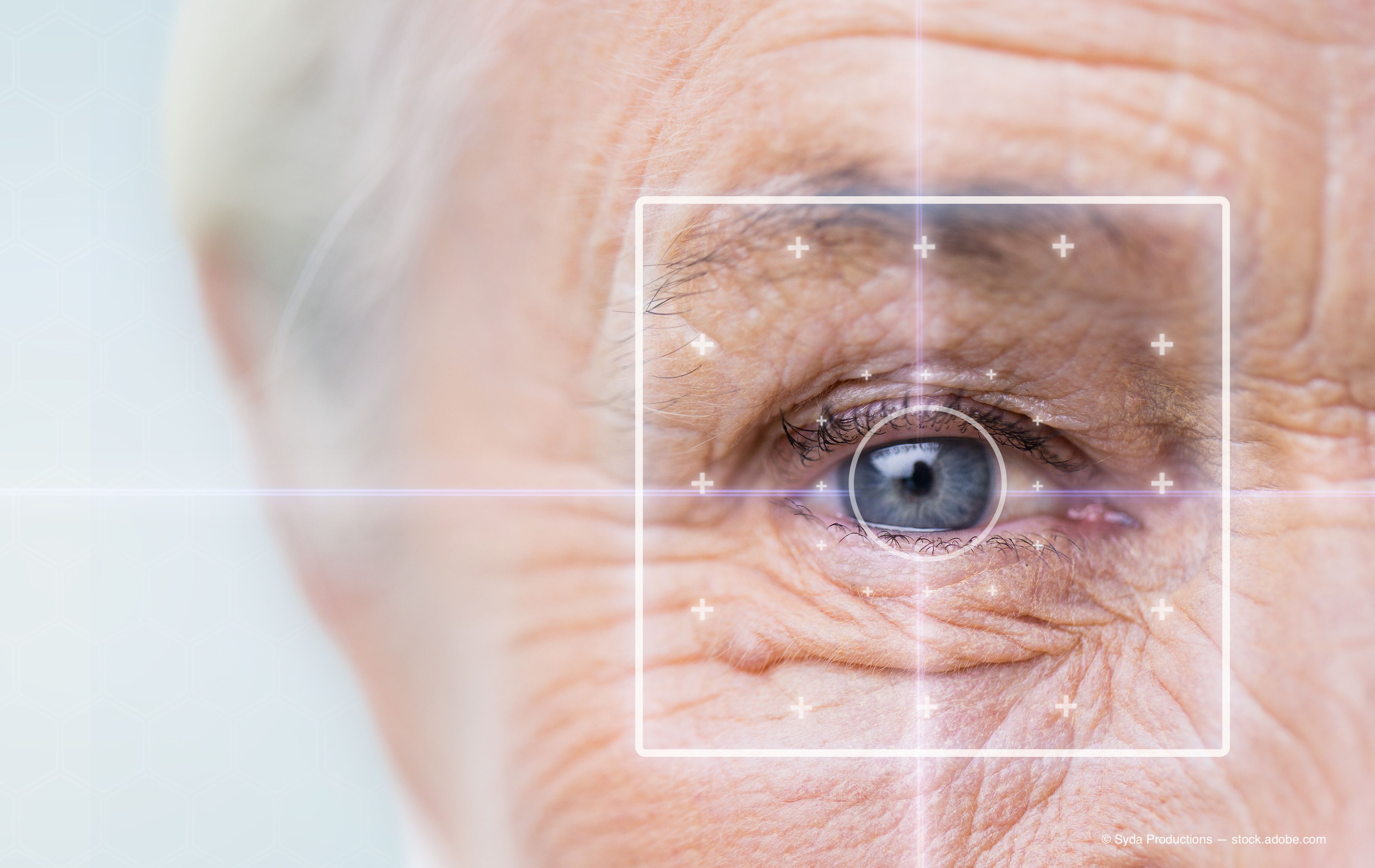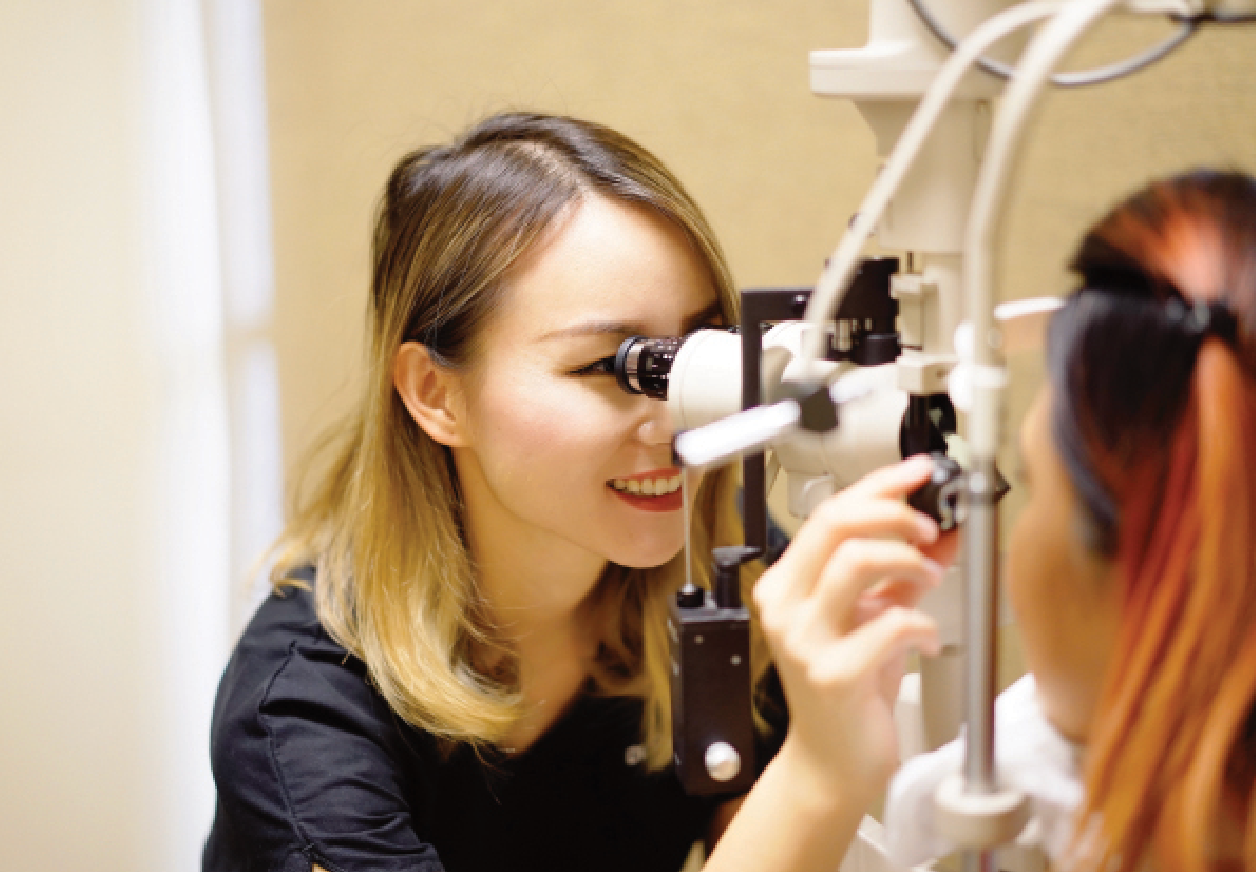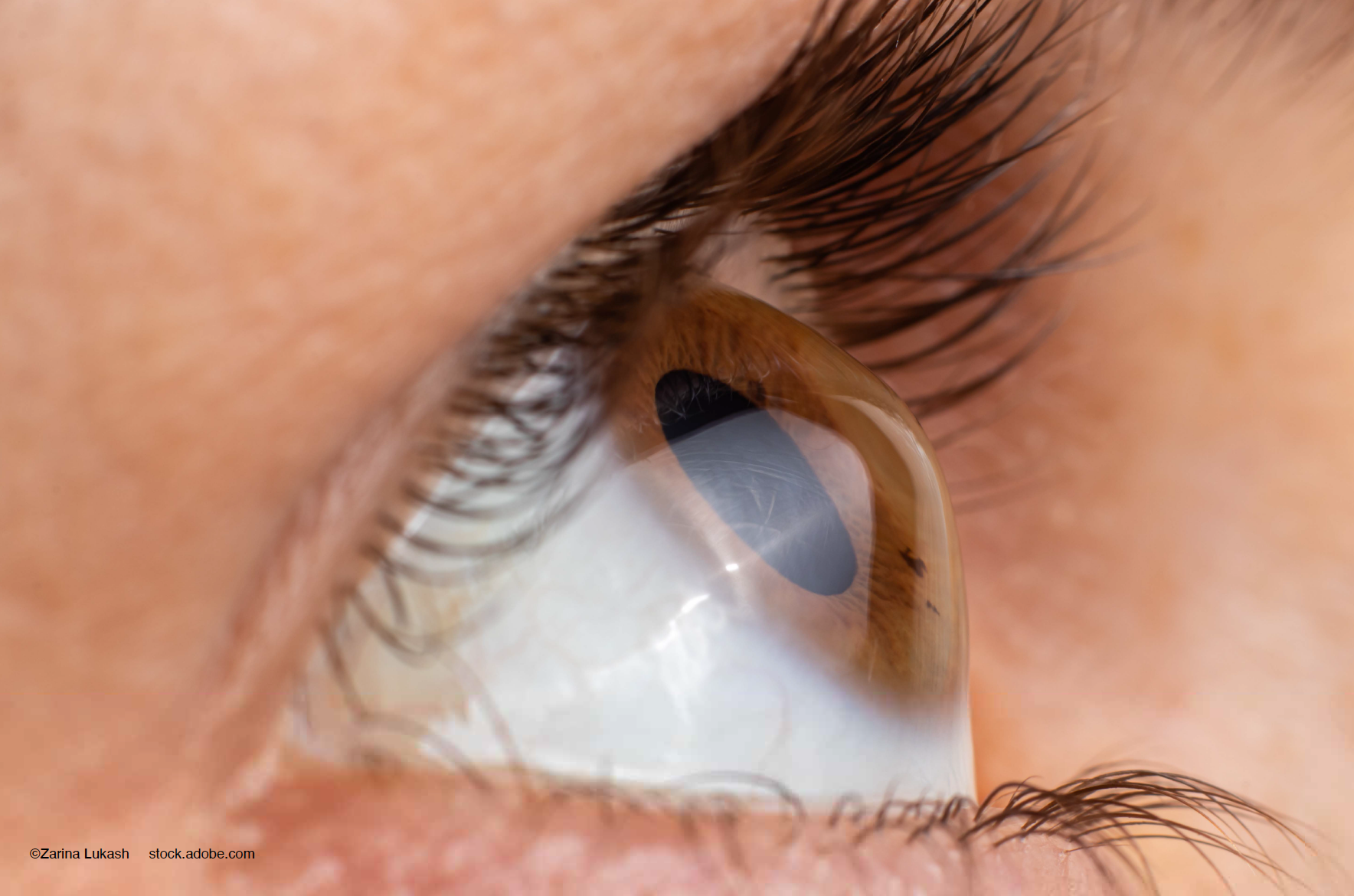Article
The latest ocular allergy treatments worth watching
Progress of ocular allergy treatment in 2017 starts with the fact that this is a mature therapeutic space, with a range of existing choices for clinicians and patients. Progression in therapies from artificial tears to antihistamines and mast cell stabilizers to topical steroids provides a suitable choice for most patients with ocular allergies.
By Paul J. Gomes, Special to Ophthalmology Times

GomesProgress of ocular allergy treatment in 2017 starts with the fact that this is a mature therapeutic space, with a range of existing choices for clinicians and patients.
Progression in therapies from artificial tears to antihistamines and mast cell stabilizers to topical steroids provides a suitable choice for most patients with ocular allergies.1
Despite this diversity of treatment options, there is still an unmet therapeutic need for non-responders and patients with severe conditions, such as vernal or atopic keratoconjunctivitis.
For these patients, a need for new treatments persists.
Newer treatments will focus on chronic allergy and allergic inflammation, the latter disease target being particularly important for drug developers seeking multiple indications for their therapies.
Here are some therapy candidates that eye care professionals should be watching for in the future.
Disrupting kinase cascades
Disrupting kinase cascades
Immune reactions, such as allergic conjunctivitis, occur as a series of cellular events, all of which represent points of therapeutic intervention. One of these points is the IgE receptor-triggered, mast-cell degranulation and histamine release that is catalyzed by spleen tyrosine kinase (Syk).2
Syk inhibitors have been touted as potential therapies for blood cell cancers, allergic asthma, and allergies in general. There are a number of small molecule, Syk-targeted compounds in clinical stage testing, and trials involving allergic disorders are expected in the near future.
Kinases are key metabolic regulators and it is not surprising that many kinase inhibitors have therapeutic potential. Drugs–such as Imatinib (Gleevec, Novartis), an important therapy for chronic leukemias and stromal tumors–recently were shown to be an effective inhibitor of mast-cell growth–and a potential treatment for allergic asthma and other allergic conditions.3
Another kinase in the crosshairs is IkK-beta, a key player in pro-inflammatory signaling. Inhibitors of this kinase, such as SAR113945 (Sanofi), have been tested as treatments for osteoarthritis. Similar compounds may have a role in chronic allergy therapy.
Lastly, there is the potential for ROCK kinases inhibitors and the MAP kinases. Both are therapies for different disorders from glaucoma to various neoplasias. The focus of these molecular compounds are best suited to an empirical assessment of efficacy in ocular allergy and inflammation.
On a different front, efforts to unravel the mechanisms of action for compounds derived from natural products used as allergy treatments (such as flavonoids, stilbenes, and curcuminoids)4 have narrowed the focus to a common, mast-cell stabilization effect.
This was demonstrated by in vitro studies in basophilic cell lines. Given the common mechanism in several popular herbal preparations, a revival of interest in mast cell stabilizers may be on the horizon.
Immunotherapy stalls
Immunotherapy stalls
One anticipated therapeutic arrival in ocular allergy treatments came in 2013 and 2014, with approvals of sublingual timothy grass antigen extracts as a desensitizing approach to seasonal allergies. These approvals received a first-ever FDA indication for “allergic rhinitis with or without conjunctivitis,” opening the door to future treatments for rhino-conjunctivitis.
Despite this umbrella term, patients are likely to ask eye care professionals about ocular allergies and primary care practitioners (or allergists) about nasal allergies. It was unclear who would be delivering this therapy from the start.
This may be part of the problem these therapies face, as after fewer than three years on the market, sales of Grastek (Merck) and Oralair (Stallergenes) have been much lower than anticipated. With slower than expected sales, Merck returned marketing rights to its development partner, Alk-Albello, in July 2016.
Despite the steback, another Merck/ALK-Arbello immunotherapy that targeted the perennial allergen dust mite5 was approved by the FDA in March 2017. It will be interesting to see if the demand from patients with perennial allergies for this treatment alternative will be different than that seen with the seasonal immunotherapies.
Other therapies
Other therapies
Trials of other treatments are on-going. Noveome initiated a phase II study of its paracrine modulating compound, ST266, in late 2016 (NCT02978183) and Aldeyra Therapeutics completed a phase II study of their “aldehyde-trap” compound NS2 (NCT02578914) in June 2017.
The pace of development may have slowed, but this is likely a reflection of the cyclical nature of the drug discovery process. Despite the maturity of the market, there is still an unmet need for ocular allergy therapies and with it a desire to develop new and better treatments.
References
Gomes PJ. Trends in prevalence and treatment of ocular allergy. Curr Opin Allergy Clin Immunol. 2014 Oct;14(5):451-6.
Lucas MC, Tan SL. Small-molecule inhibitors of spleen tyrosine kinase as therapeutic agents for immune disorders: will promise meet expectations? Future Med Chem. 2014;6(16):1811-27.
Cahill KN, Katz HR, Cui J, et al. KIT inhibition by imatinib in patients with severe refractory asthma. N Engl J Med 2017; 376: 1911-20.
Yoo G, Lee K, Lee DC. Inhibitory effects of 2-oxo-2H-chromen-4-yl 4-methylbenzenesulfonate on allergic inflammatory responses in rat basophilic leukemia cells. Int Immunopharmacol. 2017; 48:196-202.
https://www.fda.gov/downloads/biologicsbloodvaccines/allergenics/ucm544382.pdf
Paul J. Gomes is vice president for allergy at Ora Inc.
Newsletter
Don’t miss out—get Ophthalmology Times updates on the latest clinical advancements and expert interviews, straight to your inbox.





